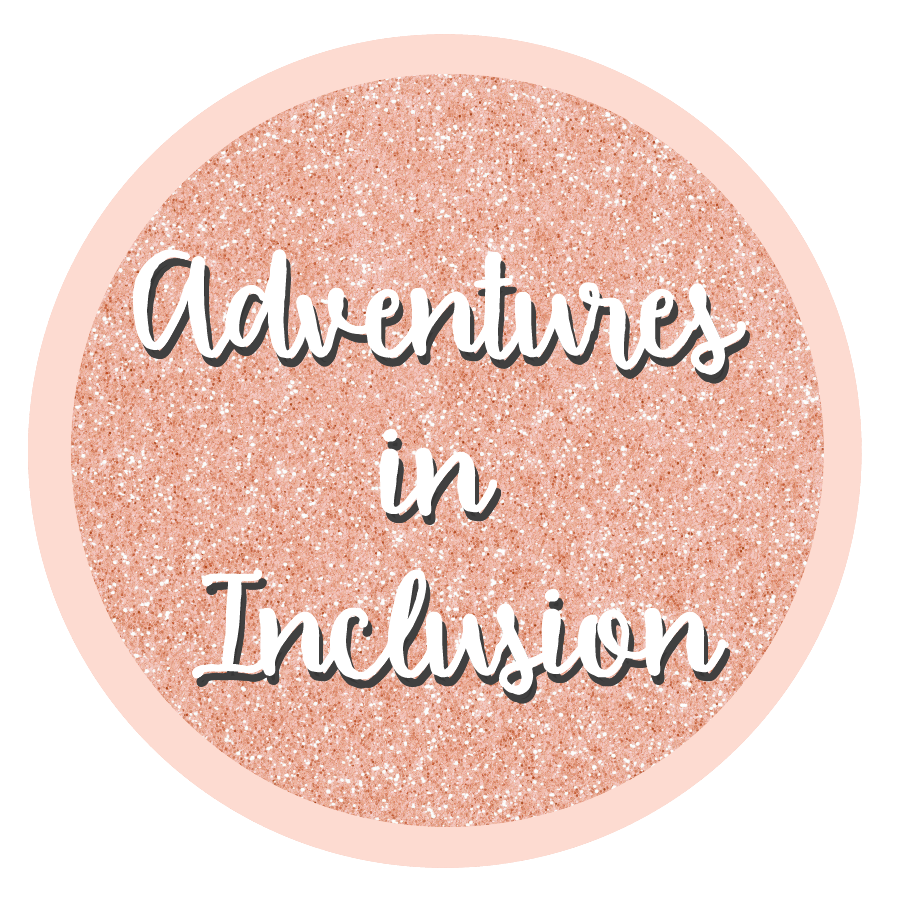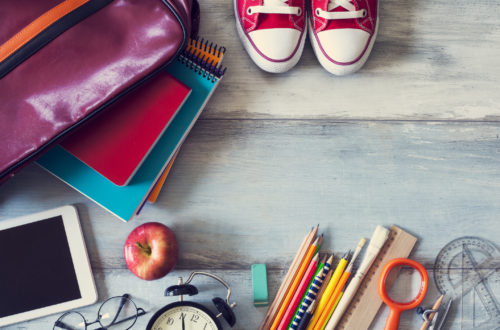
Writing Great IEP Goals!
As a special education teacher, it can be exhausting writing and rewriting IEP goals for all of the students on your caseload. But, this is an important part of our job. Read on for tips on how to write great IEP goals.
Use Current Performance
When you are writing an IEP goal it is really easy to just take one that you have written in the past and reuse it for the new student. While all special education teachers refer to what they’ve done in the past to help them, make sure that what you’re doing also makes sense for this student.
Often I get students with IEP goals that are completely unattainable for them. If a student comes in solving grade level word problems with 40% accuracy, giving them a goal of being able to do it with 80% accuracy, just because that’s what you always put, is setting your student up for failure.
Maybe this particular student’s goal should just focus on achieving a passing score this year. Or maybe you don’t focus on the ability to correctly answer the problem. But, instead, focus on the necessary skills required to build up to that goal.
Ensure They’re Specific and Measurable
When writing an IEP goal, you are most likely not going to be the special education liaison working with the student for the whole IEP. Most IEPs are written during the school year and will carry into the beginning of the following year. In my district, I only work with students for one year, so I inherit IEPs from the seventh-grade teachers and mine are passed along to the high school.
When you are writing IEPs make sure that the goals are written in very clear, measurable terms. Any special education teacher should be able to pick up the IEP and understand exactly what the student is working toward, where they are now, and how you will know when they have achieved their goal.
Refer to the Curriculum
Make sure, especially in math, that you are working toward the curriculum. And that you are going to be including the skills that are going to be worked on that year. For example, don’t write a goal or benchmarks about fractions if you are not going to be covering fractions during that IEP cycle.
Collaborate
Don’t be afraid to run your ideas by other teachers. It is really useful to have one or more teachers at work that you bounce ideas off of. I have two other special education teachers that work with the same grade that I do. I am fortunate enough to have a great relationship with both of them. Don’t be afraid to read them your goals and have them proofread them or double check that an outsider would understand what you were working towards.
Also, Check out:
The Benefits of the Inclusion Model
Ways to Differentiate Homework
FREE co-teaching checklist

Subscribe to receive a free co-teaching checklist!







